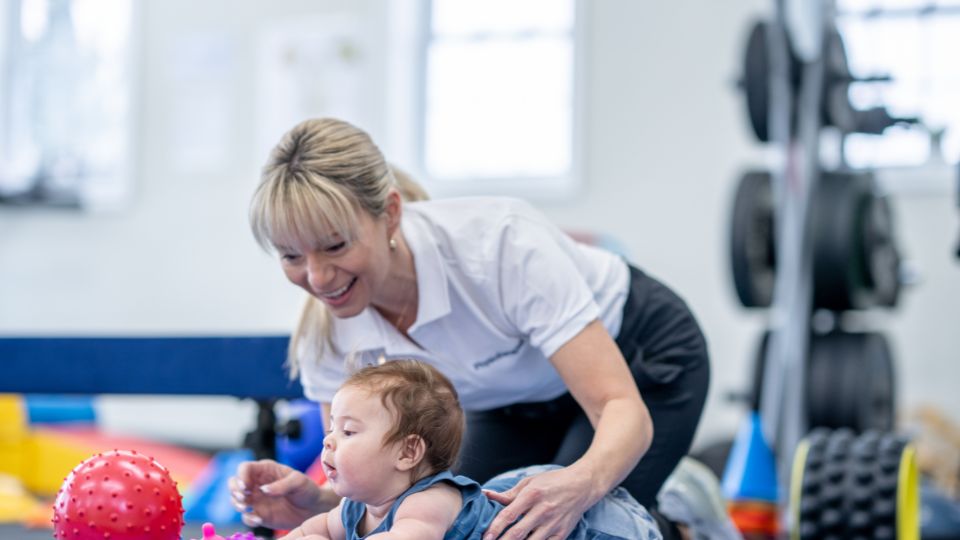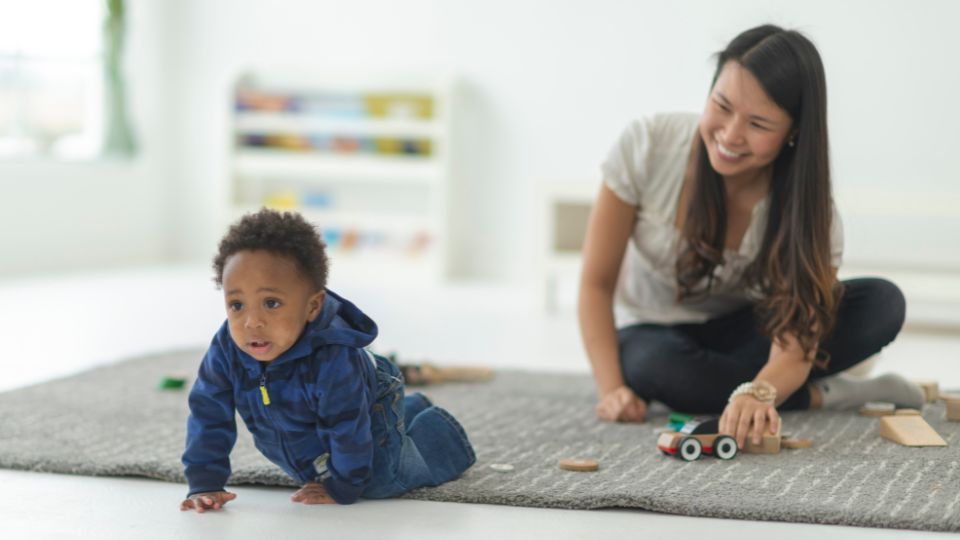Early mobility marks a significant milestone in a child’s development, encompassing a journey from tentative crawls to confident strides. This period of exploration and growth is crucial not only for physical prowess but also for cognitive and emotional development. As caregivers and educators, understanding and facilitating this journey is essential to support children in reaching their full potential.
The Importance of Early Mobility

The path to independent movement begins with crawling—a phase where infants start to explore their surroundings actively. This early exploration plays a pivotal role in sensory and motor development. Crawling helps strengthen muscles, improve coordination, and enhance spatial awareness. Moreover, it lays the groundwork for more complex motor skills such as walking and running.
Beyond physical benefits, early mobility also contributes significantly to cognitive and emotional development. As children navigate their environment, they learn about cause and effect, problem-solving, and spatial relationships. This hands-on exploration fosters curiosity and a sense of independence, boosting self-confidence and emotional resilience.
Nurturing Early Mobility
Encouraging and supporting early mobility involves creating a conducive environment that promotes exploration and movement:
Safe and Stimulating Spaces:
Designate safe areas where children can crawl and explore freely without hazards. Ensure the space is childproofed and free from potential dangers.
- Safety First: Ensure that the space is childproofed, removing any potential hazards such as sharp edges, small objects, or unstable furniture. Electrical outlets should be covered, cabinets secured, and stairways gated to prevent accidents.
- Open Areas for Exploration: Designate spacious areas where children can crawl or toddle freely. Soft, non-slippery surfaces like carpets or mats provide comfort and minimize the risk of falls. These open spaces encourage movement and allow children to practice new skills without restrictions.
- Interactive Play Zones: Introduce interactive elements such as age-appropriate toys, play gyms, or sensory boards that stimulate curiosity and motor skill development. Toys that encourage reaching, grasping, and pushing support fine motor skill enhancement, while larger toys like ride-ons or push-alongs promote gross motor skills and balance.
- Natural Light and Colors: Utilize natural light where possible, as it enhances visibility and creates a cheerful atmosphere. Bright colors and patterns on walls or play items can also capture children’s attention and stimulate their senses.
- Comfortable Seating Areas: Include cozy spots with cushions or child-sized chairs where children can rest or engage in quieter activities. Comfortable seating encourages relaxation and facilitates social interaction with caregivers or other children.
- Variety in Texture and Material: Incorporate a variety of textures and materials in toys and play equipment. Different textures, such as smooth, rough, soft, or bumpy surfaces, provide tactile stimulation and enrich sensory experiences.
- Safety Monitoring: Regularly supervise children during playtime to ensure their safety and intervene promptly if needed. Maintain a balance between allowing exploration and ensuring a secure environment.
By creating safe and stimulating spaces, caregivers and educators contribute significantly to children’s early mobility development. These environments not only support physical growth but also encourage cognitive exploration, emotional well-being, and the overall joy of learning through movement.

Encouragement and Support:
Offer encouragement and praise as children explore and achieve new milestones. Celebrate their efforts, whether it’s crawling a few steps or taking those first wobbly steps.
Provide Opportunities:
Offer age-appropriate toys and activities that encourage movement. Toys that encourage reaching, grasping, and pulling stimulate motor skills development.
Physical Interaction:
Engage in physical activities like tummy time, which helps strengthen core muscles essential for crawling. Gentle play and interaction also build trust and emotional bonds.
Modeling Behavior:
Children learn by observing. Demonstrate movements like crawling, reaching, and walking to encourage imitation and learning.
Patience and Persistence:
Each child develops at their own pace. Be patient and supportive as they navigate through the stages of early mobility. Celebrate each milestone achieved.
Challenges and Solutions
While most children progress through these stages naturally, some may face challenges such as delayed motor skills development or physical disabilities. Early intervention through pediatrician consultations, physical therapy, or specialized equipment can help address these challenges and support children in achieving their mobility milestones.
Conclusion
From crawling to confidence, early mobility is a transformative journey that shapes a child’s physical, cognitive, and emotional development. As caregivers, parents, and educators, fostering an environment that encourages and supports movement is crucial. By providing opportunities for exploration, offering encouragement, and understanding the individual pace of each child, we empower them to navigate their world with confidence and curiosity.
Embracing and nurturing early mobility sets the stage for a lifetime of healthy physical activity, cognitive growth, and emotional resilience. Let’s support every child as they embark on this empowering journey from crawling to confidence.
Contact us today at Physio Home, located in Ras Al Khaimah, United Arab Emirates, to learn more about how we can assist in nurturing your child’s early mobility. Our team is dedicated to promoting healthy development and helping children achieve their full potential. Together, let’s foster a future where every child can thrive.

